WORKSHEET OVERVIEW
The main objectives of this worksheet with Past Simple activities are to:
- practise the pronunciation of verb endings in the past;
- revise regular and irregular past verb forms in both positive and negative statements, as well as in questions;
- talk about past situations and events.
With this worksheet, students review regular and irregular past verbs. They explore the pronunciation of verb endings (/d/, /t/ and /ɪd/), ask yes and no questions using the verb ‘be’, and complete sentences with irregular verbs (e.g. sent, brought, ate, etc.). Students discuss daily activities (e.g. run in the park, drive to the office, buy some clothes, etc.) and talk about themselves and the people they know. They also play a guessing game and complete short stories using the past form of verbs.
SHORT STORIES (REGULAR VERBS)
In this activity, students listen to some verbs (e.g. cleaned, cooked and decided). They pay attention to how the word endings are pronounced (/d/, /t/ or /ɪd/). Then, students read sets of verbs (e.g. watched, opened, invited) and choose the correct word ending pronunciation for each. Then, they choose three sets and create short stories using the verbs.
WHERE WERE THEY? (VERB ‘BE’)
Students also practise the verb ‘be’ with this Past Simple activities worksheet. They receive different sets of photos with and without names of people. Students guess the names by asking yes or no questions. They use was or were and ask about the places and the people’s feelings.
WHEN I CAME HOME… (IRREGULAR VERBS)
In this exercise, students complete gaps in statements about past actions and events. They use the correct past forms of irregular verbs (e.g. felt, took, make, etc.). Then, they complete the sentences (e.g. When I came home, I felt really tired so…) with their own ideas.
HE HAD SOME FREE TIME (IRREGULAR VERBS)
In this activity, students revise the Past Simple forms of verbs in phrases about daily activities and tasks (e.g. see three films, drink a lot of coffee, write and send emails, etc.). After that, they read about Jay and Ana’s week and choose four activities each person probably did last week (e.g. Jay didn’t go to work and he had some free time so he probably made dinner for his family.). They also explain their answers.
YESTERDAY AFTERNOON (REGULAR AND IRREGULAR VERBS)
In one of the Past Simple activities, students use sentence beginnings (e.g. Yesterday afternoon, …) and negative or positive forms of verbs (e.g. answer, borrow, break, etc.) to create sentences. They talk about themselves, their friends, family and colleagues.
GUESS THE PERSON (REGULAR AND IRREGULAR VERBS)
In this exercise, students play a game where they read clues about a famous person to their partner. Before reading each clue, they must put the verb in the correct form (e.g. He ___ (come) from Germany.). Their partner tries to guess who the person is and earn points.
STORIES (REGULAR AND IRREGULAR VERBS)
In this activity, students read story beginnings and complete gaps with the negative and positive past forms of verbs (e.g. Rafi had a big dog called Bear. One day, his dog got ill so he brought him to the office…). Then, they choose three icons for each story and complete them with their ideas.
WHAT DID YOU DO? (QUESTIONS)
In this activity, students get cards with some activities to imagine what they did yesterday. They ask their partner questions about their activities, answer their partner’s questions and find three activities which they both did yesterday. Students also ask their partners about some activities they really did yesterday and add follow-up questions.
WHAT IS THE STORY ABOUT? (QUESTIONS)
In this task, students receive two stories. One story is complete and one has gaps. They ask each other questions to complete their stories.
WORKSHEETS
Subscribe to unlock these and many other Standalone lesson lesson plans with the Unlimited plan
Subscribe
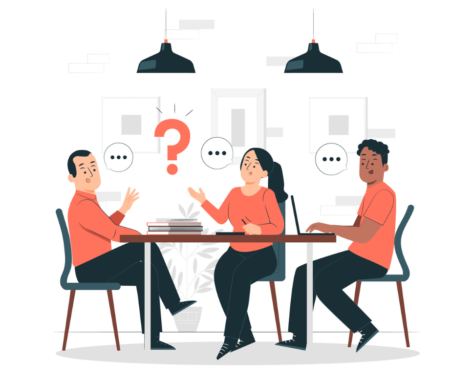
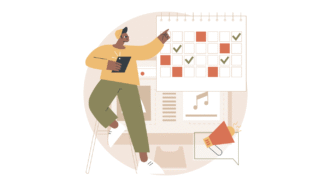
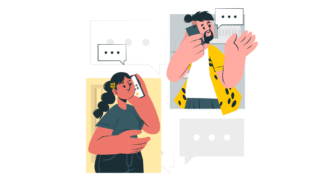
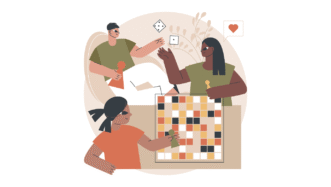

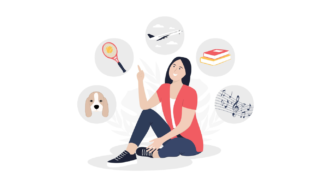
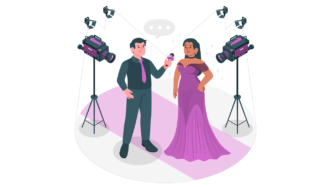
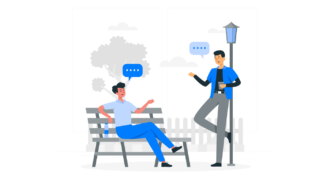
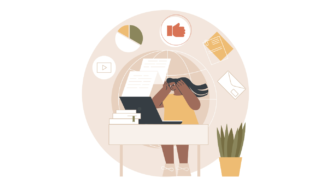
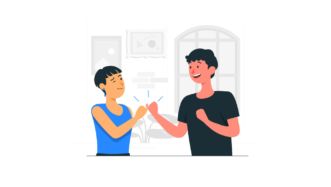



Great activities. I’m definitely using those.
We hope your students will enjoy practising Past Simple with them 🙂
Absolutely boring and short lesson
Hi! It’s obviously your prerogative to think that. And it’s my prerogative to try and convince you otherwise. So: this it not a regular lesson but a worksheet with nine standalone exercises in which students practise different aspects of Past Simple like regular verbs, irregular verbs (including was/were), negative sentences, questions, pronounciation and time phrases. Each task is designed so that students practise Past Simple not only in writing, but also in speech. Moreover, each task brings different dynamics to the classroom: there is a lot of pairwork, students play a guessing game, work with pictures, complete each other’s stories, talk about their weekend and previous week, and many more. Why don’t you try some of them with your students?
It’s a brilliant one! Thank you so much!
Thanks, happy to hear that!
Hi, this is a great lesson! I have a problem with clicking the link in the TV in the first exercise. Could you please check it or share it with me in the comments? Thank you so much! 🙂
Hi! We’re happy you like it 🙂 Re the link, you can also find it in the e-lesson plan in the speaker’s notes on slide 3, but I’m also pasting it here: https://youtu.be/EcG_eFcPebA Hope that helps!
Hi, the audio in the first activity is not working.
Hi! Please try here: https://youtu.be/EcG_eFcPebA.
This is an excellent set of very useful activities.
I would like to make a few suggestions to improve it.
On slide 5, could we repeat the words ‘/d/, /t/ or /ɪd/’ from the previous slide 4?
It would be useful for the teacher and student to refer to.
On slide 23, my students and I are both confused about exactly what we are supposed to do.
Are the activities meant to be linked to words in the coloured box?
Could you give clearer instructions, please?
Thank you for your consideration.
Hi Pete! Thanks for the suggestions. We’ve added the words to slide 5, rephrased the rubric on slide 22 and rearranged the boxes a little. Hope the task is clearer now.